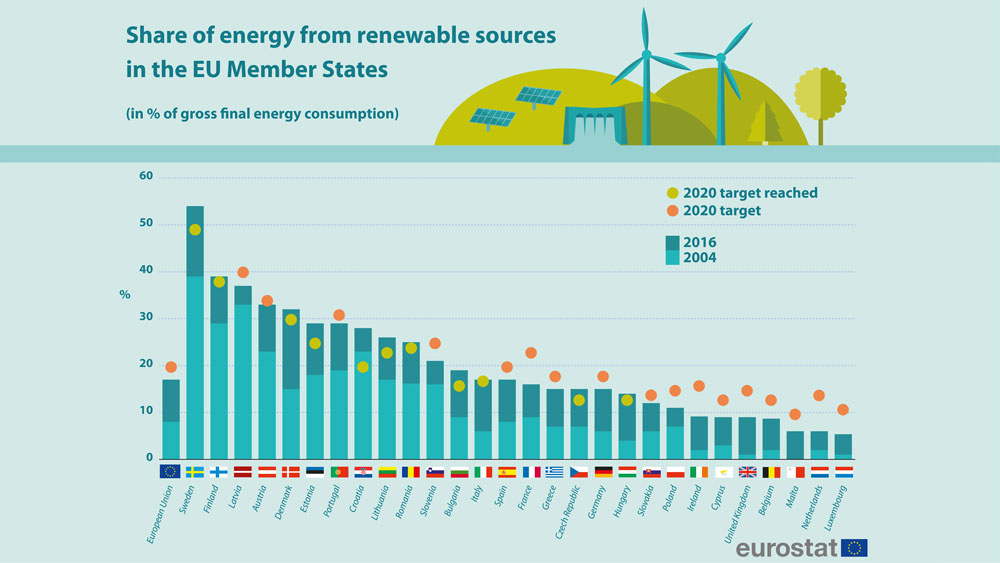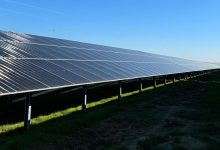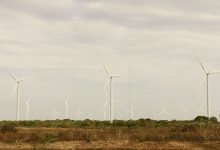Biomass energy in Romania and the new target of 32%
Although we are not yet in 2020, the magical trinity of the European legislative package 20-20-20 is already history. The European Commission established, in June, that 32% is the new god that the energy industry in the old continent should worship. In other words, 32% of energy consumed at the level of the Community bloc in 2030 will have to come from renewable sources. In view of the 20% target established for 2020, Romania is doing very well, because it exceeded this target as early as 2016. But the new target is a greater challenge than the previous, because, for several years, the installation of new photovoltaic of wind power plants have stagnated and that’s because the often and not infrequently unfortunate (in the point of view of green energy producers) legislative changes. However, from the landscape of renewable energy sources, where the stars are wind and solar energy, one is missing that is found abundantly in Romania. Namely, biomass. Will biomass be able to contribute substantially to reaching the ambitious 32%?
Probably many don’t know that there is a so-called Master Plan regarding the use of biomass, which was prepared a few years ago by the Ministry of Economy of Romania, NL Agency from the Netherlands (a department of the Dutch Ministry of Economic Affairs that implements government policy for sustainability, innovation, and international business and cooperation) and by ENERO Romania (an independent non-profit technical consultancy and research centre in the field of energy, established in 1999). According to this plan, “Romania has a great renewable energy potential, especially hydro, wind and biomass. Biomass will play an important role in the National Action Plan for Renewable Energy, which must be developed within the framework established by the Directive on Renewable Energy”.
Even if we are not yet in 2020, a simple look at the website of Transelectrica, the operator of the national power system, makes us be sceptical about this potential of biomass. The several dozen MW (just over 30) installed in biomass power plants do not cover even 1% of national consumption. In other words, this resource too little capitalized on, about which the Ministry of Energy has often stated it has a real potential, basically doesn’t matter when we talk about Romania’s electricity and heat production and consumption.
Biomass, an unknown, even if…
We have to look at the facts and admit that currently Romania does not have clear policies or objectives for biomass. However, there is a possibility for the national energy strategy, which will be completed this year, to provide for concrete objectives to tap this potential.
The old energy strategy addressed the biomass subject in general terms. In fact, it did not even clearly specify what biomass’ contribution should be in Romania’s final energy consumption. However, even if this may seem paradoxical, Romania has a great biomass potential, coming especially from agricultural (60%) and forest (20%) waste. But this biomass is used only for heating, which should be no surprise for anyone, given that of the almost 8.5 million homes in Romania only one third have access to gas networks. The other two thirds use gas cylinders or wood for heating or cooking. In fact, precisely the poor penetration of gas in Romania’s homes should come as a surprise, given that Romania is one of the few European countries that benefit from its own gas resources and has one of the lowest degrees of dependence on imports.
Currently, there are very few investors who have dared to invest in modern technologies based on sawdust to generate heat or in wood gasification technologies for cogeneration. An example is that of the thermal power plant in Suceava, which operates on biomass and natural gas, in which Adrem Invest has invested over EUR 80 million; this being one of the most important investments in Romania that use biomass.
Circumscribed to renewable energy, biomass could be used the best to produce thermal energy, which Romania is in great need of, and one of the most productive plants from which biomass could be obtained is corn. Moreover, over the past few years, bioenergy accounted for almost 70% of global consumption of energy from renewable sources and around 15% of total energy consumption.

… Romania has a significant potential for biomass
According to data from the European Commission on renewable energy sources used by the Member States, biomass ensures 18% of renewable energy consumption. The largest share is held by hydropower (46%), followed by wind energy (26%), biomass (18%), solar energy (9%) and geothermal energy (1%).
In countries such as Estonia, Latvia, Finland and Sweden, bioenergy has an extremely high percentage of energy consumption, of over 25%.
Biomass accounts for approximately 15% of primary energy sources used globally and does not contribute to increasing carbon dioxide concentrations in the atmosphere. However, it has an impact on the reduction of emissions of greenhouse gases. Biomass can become a source of pollution when it is not used, as it degrades the land on which it is abandoned. Also, biomass becomes a source of pollution if it is used improperly (for example when it is burned in equipment with low efficiency and high emissions of pollutants).
According to data from the Romanian Association of Biomass and Biogas (ARBIO), even if Romania produces 200 million tons of waste per year, biomass and biogas hold a share of only 0.62% of the total amount of energy produced in our country.
Even if the production of energy based on biomass is extremely profitable, a big issue is represented by the high costs necessary to install and commission a biomass-fired cogeneration plant. The initial investment is high, in conditions in which biomass and biogas projects represent, specifically, a genuine factory, with many employees and non-stop production. Waste collection is, at the same time, a costly activity, and for raw material there are purchase or planting costs.
In terms of energy potential of biomass, Romania’s territory was split into eight regions: Danube Delta (Biosphere Reserve), Dobrogea, Moldavia, Carpathian Mountains (Eastern, Southern, Apuseni), Transylvanian Plateau, Western Plain, Subcarpathians and South Plain.
Therefore, we have potential. Let’s see how and if we know to tap on this potential.







